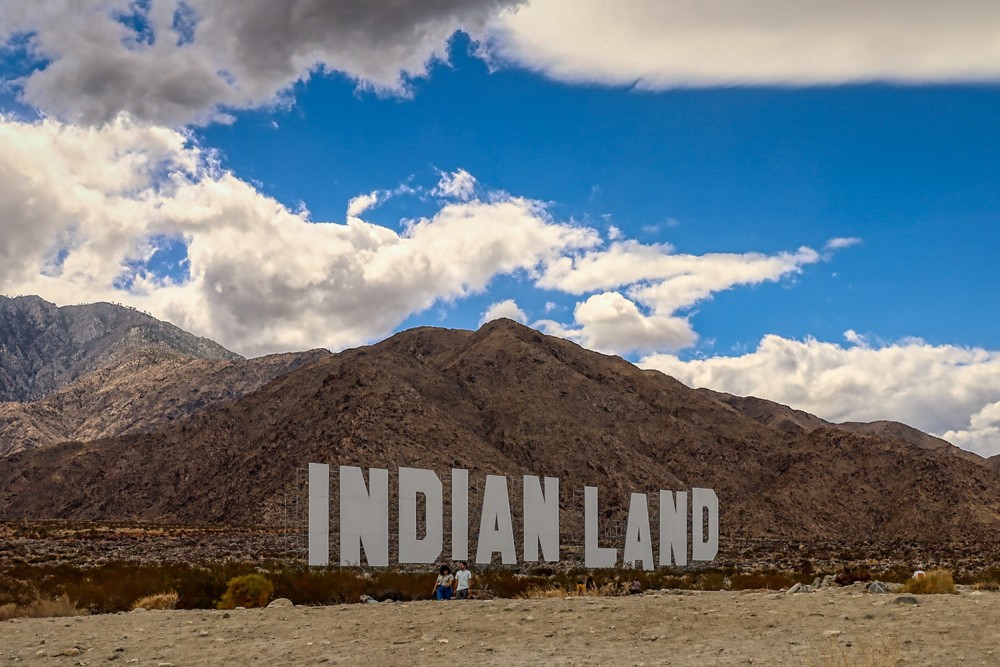Restoring the land
Nearly all of the land we live on was taken from Native people. What can property owners do to make it right?

Artist Nicholas Galanin’s 2021 Palm Springs, CA, installation Never Forget. (Photo by Dale Cruse / Creative Commons)
In early September, the 1,400-acre Upper Sioux Community State Park in Minnesota was given back to the Dakota people whose ancestors were massacred and buried there. A few weeks later, the City of Minneapolis sold two adjacent lots to the Red Lake Band of Chippewa Indians for $1 each, with plans to help the group create a community healing garden and an opioid treatment center on them. These land transfers are not anomalous. One by one, small plots of land across the country—an Oakland city park, a Chicago community garden, a Maine island—are being returned to the Native people who once lived there, thanks in large part to the Native-led Land Back movement.
In our November 2023 cover story, Ben Norquist tells the story of the land that his house sits on in Glen Ellyn, Illinois. By digging into deeds and tax records, Norquist traced his parcel back to the first White settler who claimed ownership in 1845. Going back farther in time, he made another discovery: “One of the preconditions for my cul-de-sac was the Prairie du Chien Treaty and the removal of the two Potawatomi villages nearby.”
The story of Norquist’s land is not unique. Nearly all of the United States was originally occupied by Native people—until it was taken from them, often violently, to be turned into homesteads, towns and cities, universities, parks, mines, farms, railroads, conservation areas, and more. The current landscape of the United States is shaped by forced removal and cultural annihilation. The intergenerational trauma that persists in Native communities is the bedrock on which our homes and churches sit.


